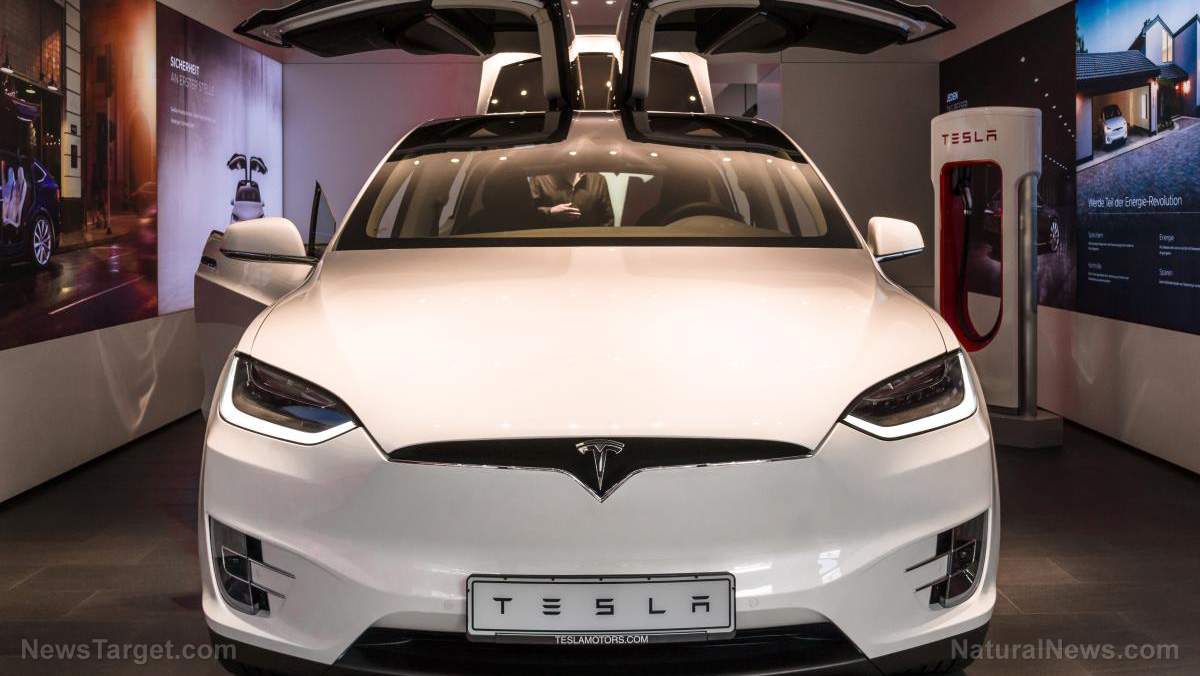
The new model, which transforms direct sunlight into electricity at an accuracy level of 44.5 percent, has the possibility of becoming the most efficient solar cell in the world. It is different from solar cells that have already proliferated nowadays and are seen on rooftops or in fields in the sense that the new device uses concentrated photovoltaic (CPV) panels that employ lenses to project sunlight onto tiny, micro-scale solar cells. (Related: Solar power has now become the cheapest way to produce electricity.)
Because the solar cells are microscopic in size (less than one millimeter square), solar cells that make use of more complicated materials can be created more cheaply.
According to the study that was titled “GaSb-based Solar Cells for Full Solar Spectrum Energy Harvesting” that was published in Advanced Energy Materials, the stacked cell works like a sieve for sunlight, with the materials in each layer of the cell absorbing the energy of sunlight wavelengths.
“Around 99 percent of the power contained in direct sunlight reaching the surface of Earth falls between wavelengths of 250 nanometers and 2,500 nanometers, but conventional materials for high-efficiency multi-junction solar cells cannot capture this entire spectral range,” said Matthew Lumb, lead author of the study and a research scientist at the School of Engineering and Applied Science.
“Our new device is able to unlock the energy stored in the long-wavelength photons, which are lost in conventional solar cells, and therefore provides a pathway to realizing the ultimate multi-junction solar cell,” Lumb added.
For years, scientists have been laboring to create more efficient solar cells. They have been successful with this approach, which uses materials based on gallium antimonide (Gasb) substrates – or the stuff that infrared lasers and photodetectors are made of. These Gasb-based solar cells are stacked with high efficiency solar cells placed on conventional substrates that obtain shorter wavelength solar photons.
Even if the new solar cell is deemed to be very costly, researchers are of the opinion that cost is of no importance as long as there is a possibility of reaching the limits of what technology has to offer when it comes to this field.
Perovskite as a potential new solar cell material
Scientists at the United States Department of Energy's SLAC National Accelerator Laboratory have discovered, while using a powerful “electron camera” that light whirls atoms around in perovskites – which is a calcium titanium oxide mineral that is made up of calcium titanate. This proves that these materials have the potential to become the next big thing when it comes to efficient solar cell materials.
Perovskites are cheap, easy to produce, and with the rate that they have been improving when it comes to light-converting efficiency – from under four percent in 2009 to more than 20 percent in 2017 – are believed to outperform the material that is most commonly used to make solar cells, which is silicon.
Scientists recently found out why perovskites can be so effective.
“We've taken a step toward solving the mystery. We recorded movies that show that certain atoms in a pervoskite respond to light within trillionths of a second in a very unusual manner. This may facilitate the transport of electric charges through the material and boost its efficiency,” said Aaron Lindenberg from the Stanford Institute for Materials and Energy Sciences (SIMES) and the Stanford PULSE Institute for Ultrafast Science.
A solar cell's efficiency is dependent on how freely electrons can move in the solar cell material. In silicon solar cells, silicon atoms make a line inside crystals – even the smallest structural details such as this one reduces silicon solar cells' ability to efficiently harvest light. To reduce the instances of this “single-file phenomenon”, silicon crystals have to be grown in costly and multi-step procedures.
On the other hand, “Perovskites are readily produced by mixing chemicals into a solvent, which evaporates to leave a very thin film of perovskite material. Simpler processing means lower costs. Unlike silicon solar cells, perovskite thin films are also lightweight and flexible and can be easily applied to virtually any surface,” said Xiaoxi Wu, a scientist frm SIMES and SLAC.
Read up on more stories such as this one at Discoveries.news.
Sources include:
Please contact us for more information.





















